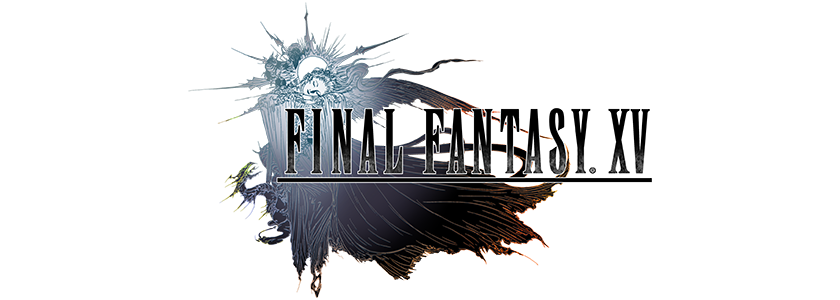- Platform: Game Boy Color
- Genre: Action/Adventure
- Also Available On: 3DS Virtual Console
I figured it was about time to start getting into the Zelda spirit again. I’ve always been a big fan of the portable Legend of Zelda titles, going back to getting Link’s Awakening as a pack-in with my original Game Boy. Back when the two Oracle titles came out, I made the effectively random call to buy Seasons, and never really made it back around to playing Ages. With the upcoming release of the Switch and Breath of the Wild, I figured it was a good time to get back to it.
As classic as it is, the base gameplay of the top down Zelda games has always been pretty much the same, and Ages is certainly no different in that regard. You’ve still got a pretty decent sized overworld, with movement restrictions slowly opening up as you gain more items. Combat is still simple, with four-direction sword attacks and a series of combat items that can also be used for damage. However, Ages does have some of the more interesting takes on items in the series. Rather than a hook shot to pull you to places, you have a switch hook that switches the locations of Link and the object he hits, giving an effective reposition mechanic against both enemies and environmental obstacles. Rather than a bow and arrow, you gain a seed shooter, which can shoot a variety of seeds with different effects, and importantly can shoot in eight directions. And then there’s the Cane of Somaria which….makes boxes (yes, it’s actually useful).
Like Link to the Past’s Dark World, there’s a second form of the world, this time centered around a past/present time travelling mechanic. Initially the two versions of the world simply act as a way to enter individual dungeons in specific time areas. However, as Link gains more ability to freely travel through time, puzzles start spanning across both time zones as plants grow, islands move, and later generations of people flourish. There’s also a number of spots where actions in the past influence changes in the world of the present, giving some of the better logic puzzles that any of the games, both 2D and 3D, have had in the series.
Given its age, this game has really aged quite well. For as good as the 2D Zelda games have typically been, I would be pretty confident putting the Oracle games at least close in quality to A Link to the Past, and certainly better in quality than the rest of the 2D entires. Even now the game is absolutely worth playing, with both high quality gameplay, and a well put together world. Visually it’s pretty obviously an old Game Boy game, but the emphasis the development team put on smart color use and clean sprite designs has meant that everything still looks pretty damn good to this day.
Do yourself a favor and pick this up on the 3DS Virtual Console, as well as both Oracle of Seasons and Link’s Awakening DX. If you’re looking to scratch that 2D adventure itch, you aren’t going to find better than these.


